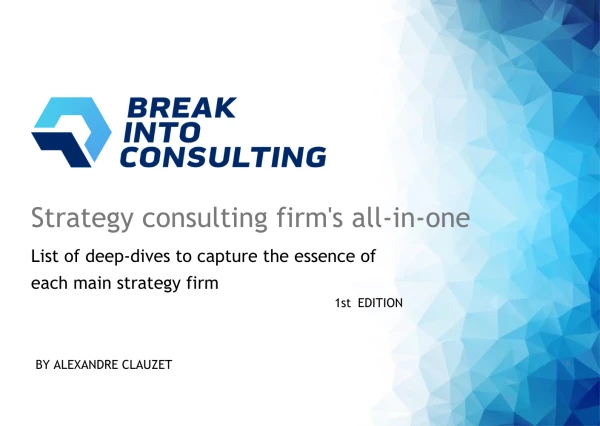I recently had a case interview with one of the major digital strategy firms which I bombed. The case was very basically detailed - "Our client, an international bank, wants to do an agile transformation within their IT organisation, can you put together a strategic plan?"
This consulting firm doesn't do IT projects, they're more of a higher level strategy consulting firm so any work they do with their clients is more around developing high level roadmaps and actionable plans that clients can implement themselves.
Does anyone have any thoughts on the questions and clarifications I need to ask the interviewer before beginning with this type of case? Also what would be the best way structure this type of case and how would an acceptable decision tree (or is project planning tree a better word) look in this situation?
Many thanks











